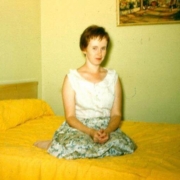Your Brain on a Hobby | Healthy Aging Series: S10 E10
This is Your Brain on a Hobby Last spring, I planned a camping trip with my three brothers. Really it was a short backpacking trip. I told them I was channeling my mother, as in, being an anchor for my siblings holding us together. The Aging Neese Boys We are all in our 60s and…






